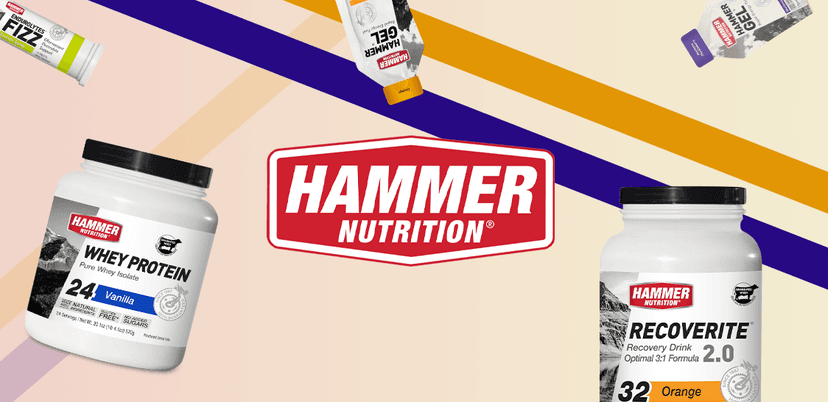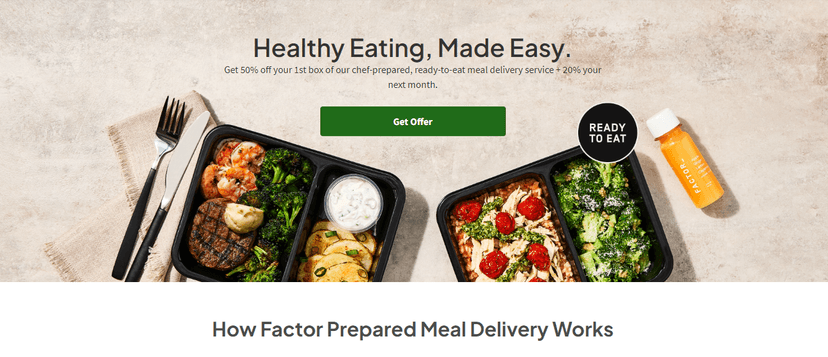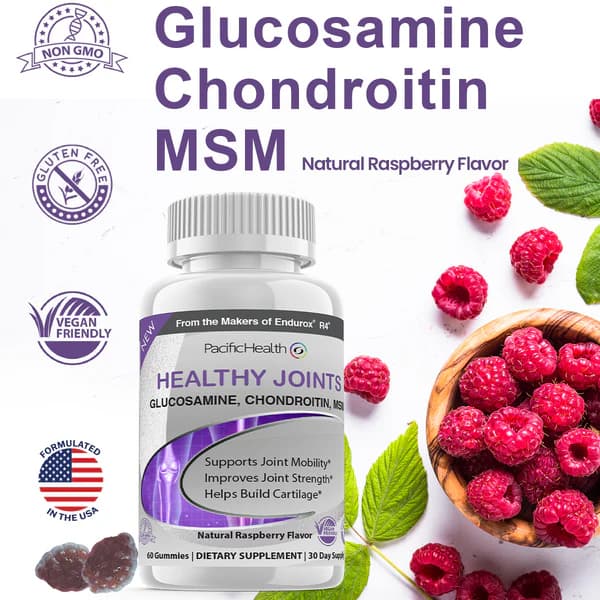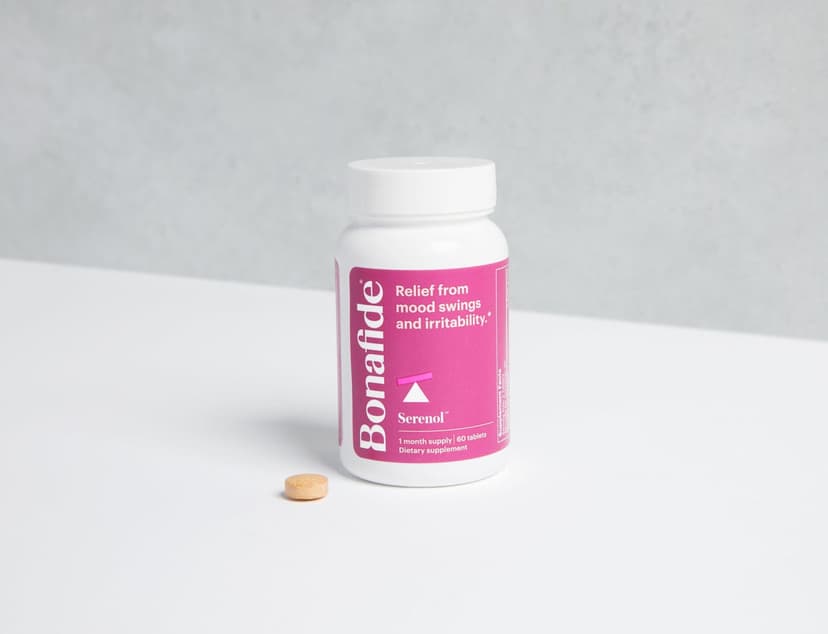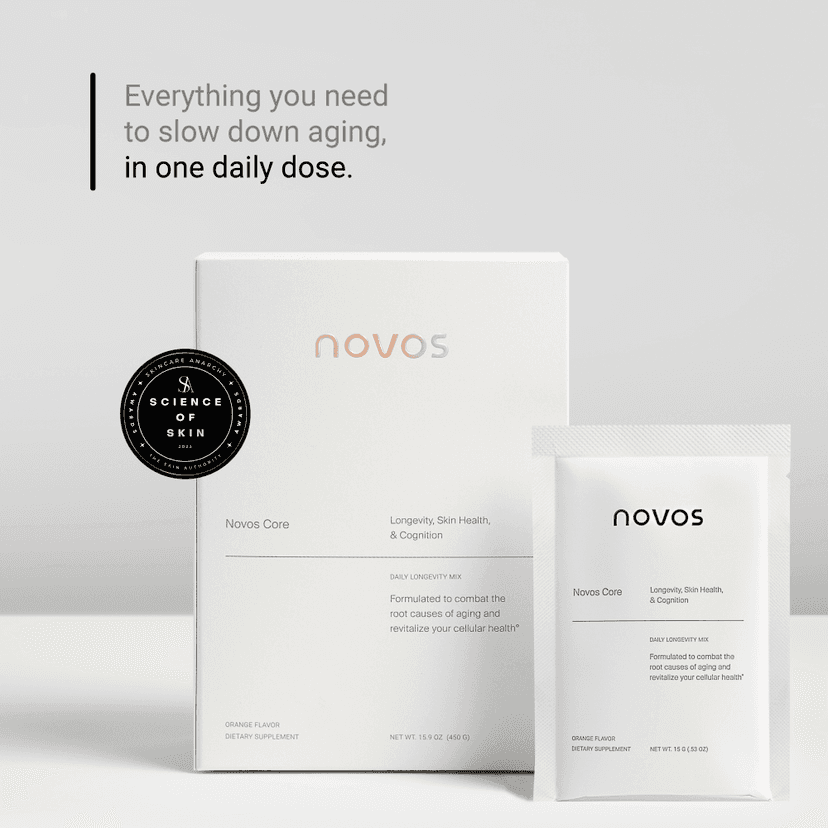Plant-based proteins are an important part of a healthy diet. They offer many benefits, from better nutrition to positive impacts on the environment. This article will explore various sources of plant-based proteins, their health benefits, and how to incorporate them into your meals.
Key Takeaways
- Plant-based proteins can help reduce the risk of chronic diseases.
- Eating a variety of plant proteins ensures you get all essential amino acids.
- Plant-based foods are rich in fiber, which is good for digestion.
- Transitioning to a plant-based diet can be done gradually and easily.
- Choosing plant-based proteins is better for the environment.
Understanding Plant-Based Protein Sources
Plant-based proteins are essential for a healthy diet. They come from various sources and offer numerous health benefits. Incorporating these proteins can lead to better overall health and well-being.
Common Plant-Based Protein Foods
Here are some popular plant-based protein sources:
- Legumes: Beans, lentils, and peas.
- Nuts and Seeds: Almonds, walnuts, chia seeds, and flaxseeds.
- Soy Products: Tofu, tempeh, and edamame.
- Whole Grains: Quinoa, brown rice, and oats.
Complete vs. Incomplete Proteins
Proteins are made up of amino acids. Some proteins are called complete because they contain all nine essential amino acids. Others are incomplete and lack one or more of these amino acids. Here’s a quick comparison:
| Type of Protein | Examples | Complete? |
|---|---|---|
| Complete | Quinoa, soy, hemp seeds | Yes |
| Incomplete | Most beans, nuts | No |
Nutritional Benefits of Plant Proteins
Plant proteins offer several advantages:
- Rich in Fiber: Helps with digestion and keeps you full.
- Lower in Saturated Fat: Better for heart health.
- Packed with Nutrients: Contains vitamins, minerals, and antioxidants.
Including a variety of plant-based proteins in your meals can help ensure you get all the nutrients your body needs.
Health Benefits of Plant-Based Proteins
Reducing Chronic Disease Risk
Eating more plant-based proteins can lower the risk of serious health issues. Research shows that replacing some animal proteins with plant proteins may help reduce the chances of developing heart disease, diabetes, and certain cancers. Plant-based foods are rich in antioxidants, vitamins, and minerals that support overall health.
Improving Digestive Health
Plant-based proteins are high in fiber, which is great for digestion. Fiber helps keep your gut healthy and can prevent constipation. Here are some benefits of fiber-rich foods:
- Promotes regular bowel movements
- Feels filling, which can help with weight management
- Supports a healthy gut microbiome
Supporting Weight Management
Plant-based proteins can help you feel full longer, making it easier to manage your weight. Foods like beans, lentils, and whole grains are not only nutritious but also satisfying. Here’s a quick look at how some plant-based foods stack up in protein content:
| Food Item | Amount | Protein (g) |
|---|---|---|
| Tofu | 1 cup | 24 |
| Lentils (cooked) | 1 cup | 18 |
| Chickpeas (cooked) | 1 cup | 14 |
| Quinoa (cooked) | 1 cup | 8 |
Including more plant-based proteins in your diet is beneficial for both your health and the environment. A little planning can help you enjoy a variety of delicious and nutritious meals.
Challenges and Considerations
Ensuring Adequate Protein Intake
Transitioning to a plant-based diet can raise concerns about getting enough protein. It's important to include a variety of protein sources to meet your needs. Here are some tips:
- Incorporate legumes like beans and lentils.
- Add nuts and seeds for extra protein and healthy fats.
- Use whole grains such as quinoa and brown rice.
Balancing Amino Acids
Not all plant proteins are complete, meaning they don't contain all essential amino acids. To ensure a balanced intake:
- Combine different protein sources throughout the day.
- Include soy products like tofu and tempeh, which are complete proteins.
- Experiment with various grains and legumes to cover all amino acids.
Potential Nutrient Deficiencies
While plant-based diets can be healthy, they may lack certain nutrients. Consider these points:
- Vitamin B12 is often missing; look for fortified foods or supplements.
- Iron from plant sources is less easily absorbed; pair with vitamin C-rich foods to enhance absorption.
- Omega-3 fatty acids can be low; include flaxseeds or chia seeds in your diet.
A well-planned plant-based diet can provide all the nutrients you need, but it's essential to be mindful of potential gaps.
Incorporating Plant-Based Proteins into Your Diet
Simple Meal Ideas
To add plant-based proteins to your meals, consider these easy ideas:
- Start with familiar dishes: If you usually have meat in your soups or salads, try adding more vegetables, beans, or nuts instead.
- Use tasty sauces: Pair plant proteins with sauces you love, like marinara or barbecue, to enhance flavor.
- Explore global recipes: Look for traditional meals from places like India or Mexico that naturally include plant proteins.
Cooking Tips and Techniques
Here are some tips to make your plant-based meals delicious:
- Mix in hearty ingredients: Use mushrooms, eggplant, or carrots to add texture.
- Boost flavors: Add herbs, spices, and garlic to make your dishes more flavorful.
- Sauté onions slowly: This brings out their sweetness and adds depth to your meals.
Popular Plant-Based Recipes
Here are some popular plant-based protein sources:
| Food Type | Examples | Protein (g) per serving |
|---|---|---|
| Soy Products | Tofu, Tempeh, Edamame | 7-35 |
| Legumes | Lentils, Chickpeas | 8-18 |
| Nuts and Seeds | Almonds, Chia seeds | 4-10 |
| Grains | Quinoa, Brown rice | 5-12 |
Including more plant-based proteins is not only good for your health but also beneficial for the environment. With a little creativity, you can enjoy a variety of tasty and nutritious meals!
Environmental Impact of Plant-Based Proteins
Sustainability of Plant-Based Diets
Plant-based diets are often seen as more sustainable compared to diets high in animal products. This is because they generally require fewer natural resources and produce less pollution. Here are some key points:
- Lower greenhouse gas emissions
- Reduced water usage
- Less land required for farming
Comparing Environmental Footprints
When comparing the environmental impact of plant-based proteins to animal-based proteins, the differences are significant. The table below highlights the average greenhouse gas emissions for various protein sources:
| Protein Source | CO2 Emissions (kg per kg of protein) |
|---|---|
| Beef | 27 |
| Pork | 12 |
| Chicken | 6 |
| Lentils | 0.9 |
| Tofu | 2 |
Long-Term Benefits for the Planet
Adopting a plant-based diet can lead to long-term benefits for our planet, including:
- Preservation of biodiversity
- Improved soil health
- Mitigation of climate change
Transitioning to plant-based proteins not only benefits individual health but also contributes to a healthier planet. By making small changes in our diets, we can collectively make a big difference.
Popular Plant-Based Protein Products
Soy-Based Products
Soy products are a great source of complete protein, meaning they contain all essential amino acids. Here are some popular options:
- Tofu: Versatile and can be used in many dishes.
- Tempeh: Fermented soy product with a nutty flavor.
- Edamame: Young soybeans that are tasty and nutritious.
- Soy Milk: A dairy alternative rich in protein.
| Food Item | Serving Size | Protein (g) |
|---|---|---|
| Tofu | 1 cup | 24 |
| Tempeh | 1 cup | 34 |
| Edamame | 1 cup | 18 |
| Soy Milk | 1 cup | 7 |
Legume-Based Products
Legumes are another excellent source of plant protein. They are not only high in protein but also packed with fiber. Here are some common legumes:
- Chickpeas: Great for salads and hummus.
- Lentils: Cook quickly and are very filling.
- Black Beans: Perfect for tacos and burritos.
| Legume | Serving Size | Protein (g) |
|---|---|---|
| Chickpeas | 1 cup cooked | 14 |
| Lentils | 1 cup cooked | 18 |
| Black Beans | 1 cup cooked | 15 |
Grain-Based Products
Grains can also provide a good amount of protein. Some popular options include:
- Quinoa: A complete protein and very nutritious.
- Brown Rice: A staple that pairs well with many dishes.
- Oats: Great for breakfast and snacks.
| Grain | Serving Size | Protein (g) |
|---|---|---|
| Quinoa | ½ cup dry | 12 |
| Brown Rice | ½ cup dry | 6 |
| Oats | ½ cup dry | 5 |
Including a variety of plant-based protein sources in your diet can help you meet your nutritional needs while enjoying delicious meals.
Nuts and Seeds
Nuts and seeds are not only tasty but also provide healthy fats and protein. Here are some examples:
- Almonds: Great for snacking or adding to dishes.
- Chia Seeds: Can be added to smoothies or puddings.
- Pumpkin Seeds: A crunchy topping for salads.
| Nut/Seed | Serving Size | Protein (g) |
|---|---|---|
| Almonds | ¼ cup | 6 |
| Chia Seeds | 3 Tbsp | 9 |
| Pumpkin Seeds | 3 Tbsp | 9 |
By incorporating these plant-based protein products into your meals, you can enjoy a balanced and nutritious diet.
Tips for Transitioning to a Plant-Based Diet
Gradual Dietary Changes
Transitioning to a plant-based diet can be easier if you take it step by step. Here are some tips to help you:
- Start small: Begin by replacing one meal a day with a plant-based option.
- Explore new recipes: Look for plant-based versions of your favorite meals.
- Keep familiar foods: Incorporate plant proteins into dishes you already enjoy.
Finding Plant-Based Alternatives
Finding substitutes for your favorite animal products can make the transition smoother. Consider these options:
- Plant-based milks: Almond, soy, or oat milk can replace dairy milk.
- Meat alternatives: Try tofu, tempeh, or veggie burgers instead of meat.
- Cheese substitutes: Nutritional yeast or cashew cheese can add flavor without dairy.
Maintaining Nutritional Balance
It's important to ensure you're getting all the nutrients you need. Here are some tips:
- Eat a variety of foods: Include different grains, legumes, nuts, and seeds in your diet.
- Watch your protein intake: Aim for a mix of complete and incomplete proteins.
- Consider supplements: If needed, think about taking vitamins like B12 or iron.
Transitioning to a plant-based diet can be a rewarding journey. With a little planning and creativity, you can enjoy delicious meals while supporting your health and the environment.
Conclusion
Adding more plant-based protein to your meals is great for both your health and the environment. With a bit of thought and creativity, you can explore many tasty plant-based protein options that will nourish your body and support your lifestyle. For a delicious start, try our Sweet Potato Black Bean Burgers recipe to see how easy it is to incorporate plant-based protein into your diet!
Frequently Asked Questions
What are some good plant-based protein sources?
Some popular plant-based protein sources include tofu, tempeh, beans, lentils, chickpeas, quinoa, and nuts.
Can I get enough protein from a plant-based diet?
Yes! You can get all the protein you need from plant-based foods if you eat a variety of them.
What is the difference between complete and incomplete proteins?
Complete proteins contain all nine essential amino acids, while incomplete proteins lack one or more of these amino acids.
How can plant-based proteins help my health?
Eating more plant-based proteins can lower the risk of chronic diseases, improve digestion, and help with weight management.
Are there any downsides to a plant-based diet?
Some challenges include ensuring you get enough protein, balancing amino acids, and avoiding nutrient deficiencies.
What are some easy ways to add plant-based proteins to my meals?
You can try adding beans to salads, using tofu in stir-fries, or having nut butter on toast for a protein boost.
